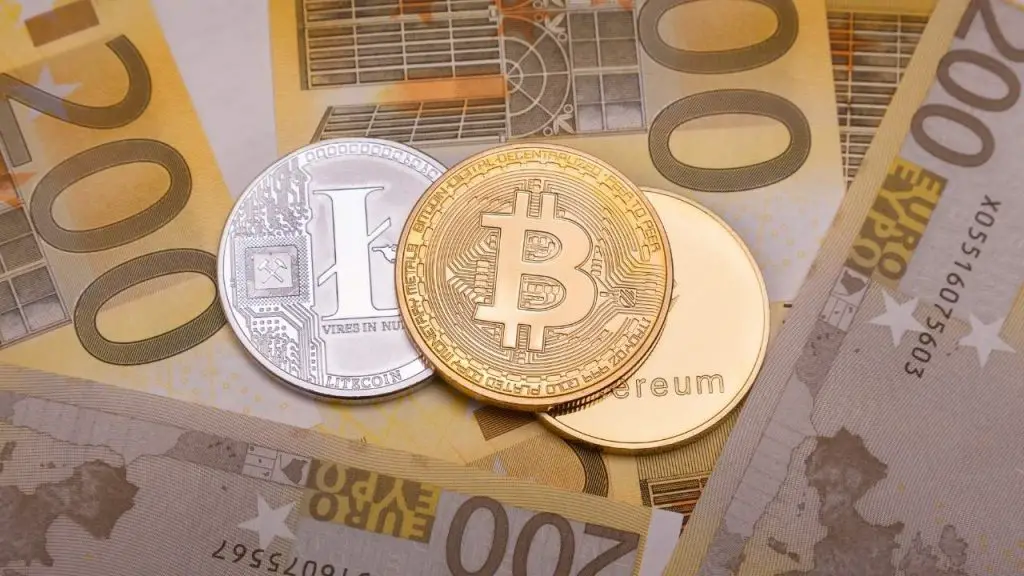In January 2021, someone proposed to implement a cap on Dogecoin to the Doge developers. However, developers vehemently opposed this idea because of multiple negative implications which would arise due to the hard cap.
Dogecoin can create a cap, but if they do, it will make Doge deflationary thus, it will increase transfer fees similar to Bitcoin. In the long term, deflationary crypto provides minimal incentives to blockchain miners. If miners leave the crypto network due to unprofitability, blockchain networks will become vulnerable to a 51% point of attack (blockchain hack).
The Dogecoin developers are open to putting a hard cap on Doge, but the proposer must provide practical solutions to secure this network.
Dogecoin is not trying to become Bitcoin — a store of value — instead, Doge’s main target is to become a currency.
You may argue that Bitcoin has a cap on the coin supply, and there has never been a 51% attack on the network. Yes, it’s true, but it wouldn’t be true after 9 to 10 years. Moreover, the Bitcoin network would become very vulnerable when Bitcoin would reach its 21 million coin supply limit.
Dogecoin has a cap of 5 billion new coin supply per year. Thus it’s inflation not only predictable, and inflation is decreasing each day. Over time, it will reach 0%.
Here is a chart that shows the Dogecoin inflation rate over time.
| Year | Estimated Dogecoins | Inflation rate |
|---|---|---|
| 2021 | 130 Billion | 3.85% |
| 2025 | 150 Billion | 3.33% |
| 2030 | 175 Billion | 2.86% |
| 2035 | 200 Billion | 2.5% |
| 2040 | 225 Billion | 2.22% |
| 2045 | 250 Billion | 2% |
| 2050 | 275 Billion | 1.82% |
| 2060 | 325 Billion | 1.54% |
| 2070 | 375 Billion | 1.33% |
| 2080 | 425 Billion | 1.18% |
| 2090 | 475 Billion | 1.05% |
| 2100 | 525 Billion | 0.95% |
As you can see, though Dogecoin has an unlimited supply, the actual inflation rate goes down, making this coin deflationary.
We know you want a cap on Doge because a cap creates fake scarcity and soars cryptos market cap. But Dogecoin is designed in such a way that it does not become the next Bitcoin.
Moreover, Dogecoin is far superior to DOT cryptocurrency. Please note that we are not comparing the Polkadot network; we are comparing the DOT token. DOT doesn’t even have fixed inflation and typically varies between 8% to 10%.
There are two types of bank transfers in the US. Wire transfer and ACH transfers. However, Wire transfer is not popular. Most of the time, we use ACH transfer. Our checks, credit card payments, and payment between bank and brokerage accounts are all processed through ACH transactions.
ACH typically takes two business days, whereas a Wire transfer is instant. So, why don’t people use Wire over ACH? The primary reason is the transfer fee or cost. To Wire money, institutions typically charge $20 to $30. On the other hand, ACH is free for consumers; and businesses pay a minimal transaction fee. It’s why people dominantly use ACH over Wire transfer.
Similarly, between Dogecoin, Bitcoin, and Ethereum, Dogecoin has the least transaction fee, whereas Bitcoin and Ethereum’s transfer fee is prohibitively high. For example, as of writing this article, Ethereums transaction fee was $11, Bitcoin’s transfer fee was $13, and Dogecoin’s fee was $0.08.
This fantastic low fee of Dogecoin is only possible because of the Dogecoins inflation. Therefore, the moment Doge implements the cap, it will become another unusable cryptocurrency.
You can find all the latest information about these cryptocurrencies on the following links:
- Ethereum: https://blockchair.com/ethereum
- Bitcoin: https://blockchair.com/bitcoin
- Dogecoin: https://blockchair.com/dogecoin
Because of the high fee, Bitcoin and Ethereum never became a transactional currency of the internet.
There will be a maximum of 21 million Bitcoins. It’s estimated that 20% of Bitcoin is lost due to lost phones and damaged computers. In the next 20 to 30 years, how much Bitcoin would we lose? If we lose 40% to 50% cryptos, how can it become a daily transactional currency?
As there’s no cap, Dogecoin will always replace lost coins. Therefore, there will be no liquidity problem with Doge.
In short, developers are open to putting a cap on Dogecoin, but the proposer also has to provide a long-term solution for network security and a practical method to recover lost coins.
